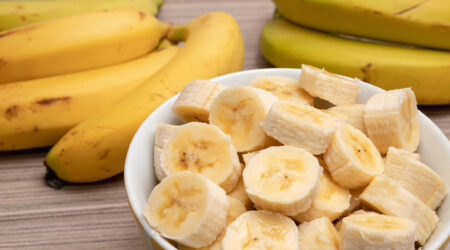
4 Foods to Boost Blood Circulation and Cell Count
A balanced meal plan is essential for overall health and wellness, promoting good blood circulation and maintaining a healthy number of red blood cells, white blood cells, and platelets. Feeling tired and sluggish could be a sign that the body is not getting the nutrients it needs to keep up the blood cell count. To help improve their energy levels and overall well-being, one should add nutrient-dense foods into meals that can boost blood count. Blood count and circulation A healthy blood count (normal number and types of blood cells in the body) and blood circulation are essential for the body to function. Good blood circulation helps oxygen reach all organs, increasing energy production and reducing fatigue. Meals are one of the most important factors in regulating a healthy blood count and circulation, as nutrients derived from food, such as iron, magnesium, and folate, play key roles in the process. Exercise is also essential for improving circulation since muscles require oxygenated blood for energy. Maintaining a healthy blood count can benefit overall health and well-being in the following ways: Improved immune function : A normal blood count can help support the immune system, which can help prevent infections and diseases. Better wound healing : Having the right number of platelets can support faster healing of wounds, cuts, and bruises. This also encourages blood circulation to provide the necessary nutrients and oxygen for the healing process. Reduced risk of anemia : Anemia develops when the body does not have enough red blood cells to carry oxygen to tissues. A healthy blood count can reduce the risk of anemia. Improved cardiovascular health : A healthy blood count can reduce the risk of heart disease and stroke, as it supports the proper functioning of the cardiovascular system. Foods to improve blood circulation Spinach Spinach is a superfood that helps keep up normal blood count and circulation.
Read More 









